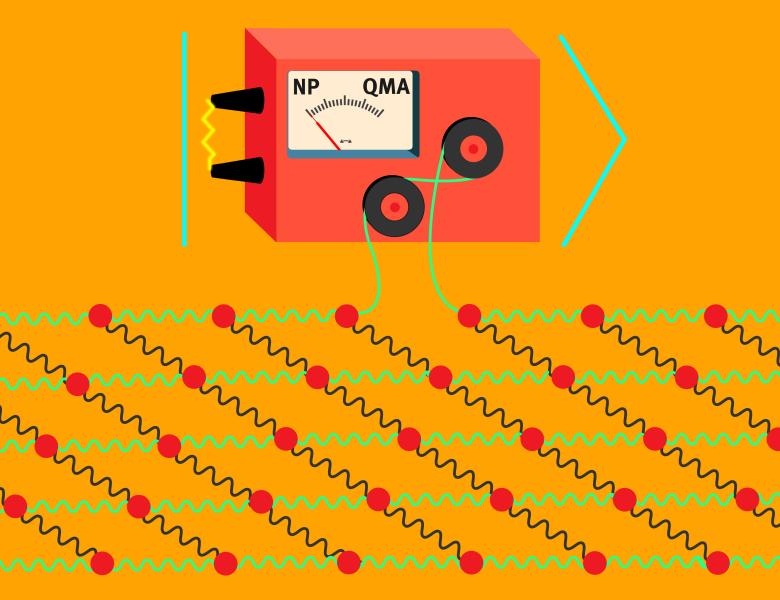
Abstract
Recent constructions of the first asymptotically good quantum LDPC (qLDPC) codes led to two breakthroughs in complexity theory: the NLTS (No Low-Energy Trivial States) theorem (Anshu, Breuckmann, and Nirkhe, STOC'23), and explicit lower bounds against a linear number of levels of the Sum-of-Squares (SoS) hierarchy (Hopkins and Lin, FOCS'22).
In this work, we obtain improvements to both of these results using qLDPC codes of low rate:
- Whereas Anshu et al. only obtained NLTS Hamiltonians from qLDPC codes of linear dimension, we show the stronger result that qLDPC codes of arbitrarily small positive dimension yield NLTS Hamiltonians.
- The SoS lower bounds of Hopkins and Lin are only weakly explicit because they require running Gaussian elimination to find a nontrivial codeword, which takes polynomial time. We resolve this shortcoming by introducing a new method of planting a strongly explicit nontrivial codeword in linear-distance qLDPC codes, which in turn yields strongly explicit SoS lower bounds.
Our "planted" qLDPC codes may be of independent interest, as they provide a new way of ensuring a qLDPC code has positive dimension without resorting to parity check counting, and therefore provide more flexibility in the code construction.


